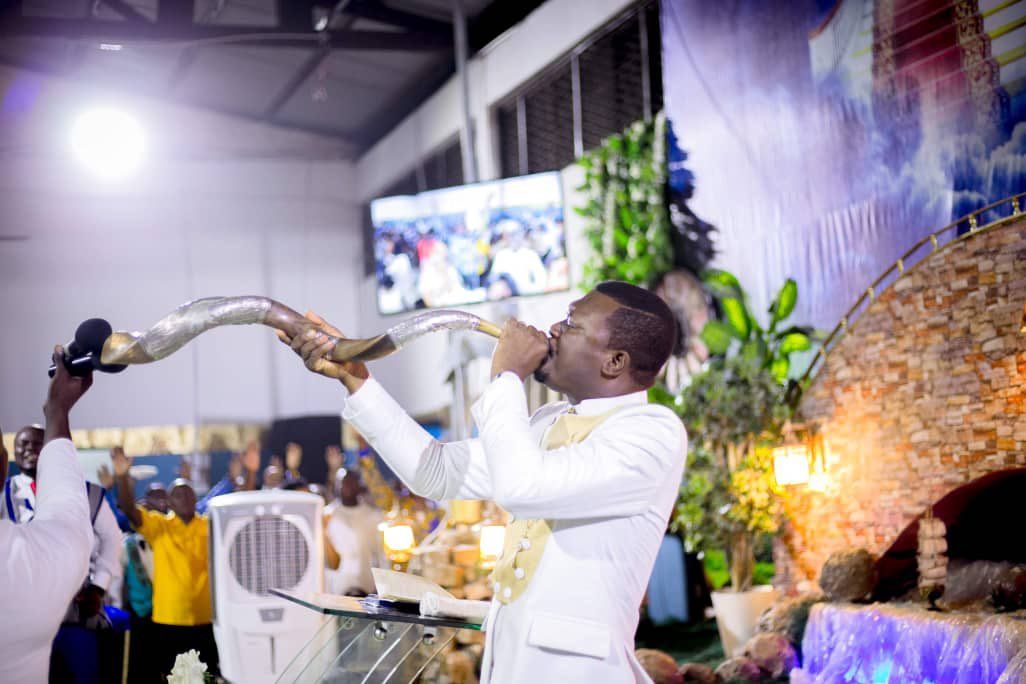Rosh Hashanah — the Jewish New Year — is one of the holiest holidays in the Hebrew calendar. Rosh Hashanah means “head of the year” in Hebrew. It is also referred to as the “day of judgment.”
It is a two-day celebration marking the beginning of the Jewish High Holy Days each autumn. This year, it began on September 25 and ends September 27. There are 14.8 million Jewish people around the world.
Feasts, candle lightings and prayers are some of the different ways to mark the holy time. The common greeting on these days is L’shanah tovah, literally “for a good year.” Several prayers associated with Rosh Hashanah are recited from a prayer book called the Machzor.
Also Read | Tua Tagovailoa shaken up after being hit by Bills’ Matt Milano: Watch
“These are moments where we come together as a community, where we take time to think about ourselves as individuals, but also think about the ways that we can help others,” Rabbi Rob Gleisser, the Peter J. Rubinstein reform senior Jewish educator at Penn State Hillel, told USA TODAY. “Think about the ways that we want to create a safe community, a welcoming community, a warm community and then be able to enrich the world around us after having those moments of introspection.”
The symbolic foods include bread and apples dipped in honey to signify the wish for a sweet new year. One of the most distinctive elements of Rosh Hashanah is the blowing of the Shofar’s horn, also known as a ram’s horn. The horn is typically blown in the morning of both days of Rosh Hashanah.
Also Read | Seattle Seahawks vs Atlanta Falcons game halted after unlicensed drone reported at Lumen Field
“It’s meant to kind of stir you, awaken you to the idea of thinking of new year, taking stock, preparing to atone, and in the month leading up to Rosh Hashanah it begins to be used as a kind of wake up,” Jordan Rosenblum, the Belzer Professor of Classical Judaism and Max and Frieda Weinstein-Bascom Professor of Jewish Studies at the University of Wisconsin-Madison, said. “It really kind of pierces the air, and you can’t ignore it.”
The earliest mention of Rosh Hashanah by name is found in the Mishnah, a Jewish legal text dated to 200 C.E., according to the National Geographic.




